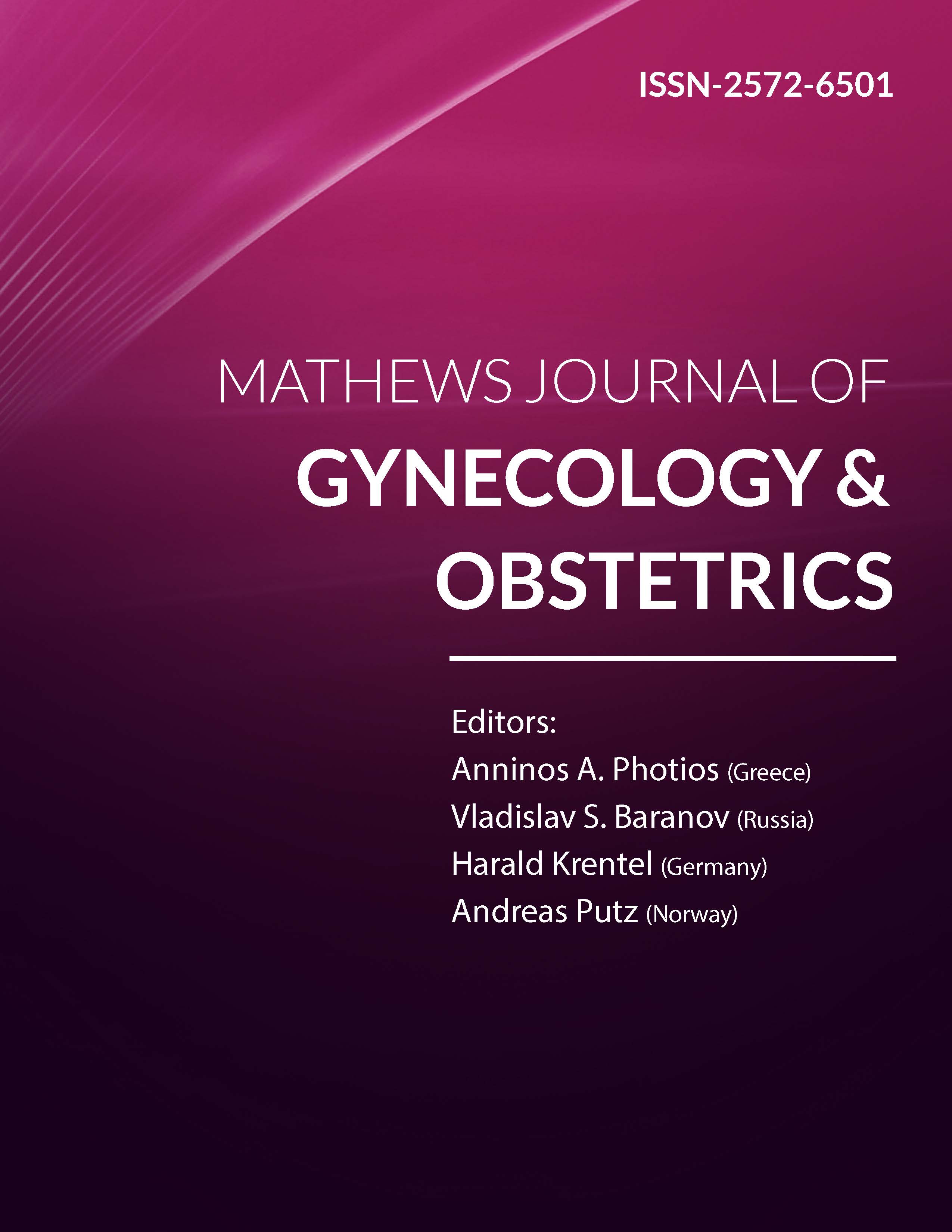
Information Links
Previous Issues Volume 6, Issue 1 - 2022
Exploring the Role of Panendoscopy versus Hysterosalpingography in the Management of Infertility
Elmetwally Farouk Elshahat*
Lecturer of Obstetrics and Gynecology, Faculty of Medicine, Al-Azhar University, Egypt
*Corresponding author: Elmetwally Farouk Elshahat, Lecturer of Obstetrics and Gynecology, Faculty of Medicine, Al-Azhar University, Egypt, Tel: +201022145799, E-mail: [email protected]
Received Date: November 01, 2021
Accepted Date: December 10, 2021
Published Date: January 11, 2022
Citation: Elshahat EF, et al. (2022). Exploring the Role of Panendoscopy versus Hysterosalpingography in the Management of Infertility. Mathews J Gynecol Obstet. 6(1):37.
Copyrights: Elshahat EF, et al. © (2024).
ABSTRACT
Aim: A popular radiologic modality used for the first workup of female infertile patients is hysterosalpingography (HSG), which is used to assess for any gross intrauterine abnormalities or tubal patency. Radiation exposure is a danger associated with HSG, despite being a readily available and reasonably priced outpatient surgery. The study aimed to assess the diagnostic utility of hysterolaparoscopy and HSG in infertile women, as well as their respective roles in the diagnosis and treatment of infertility. Patients and methods: The study was conducted between June 2019 and June 2021. It was done in the obstetrics and gynecology departments of EL Hussin University Hospital. The research included all women between the ages of 20 and 40 who were receiving infertility treatment at our outpatient department (OPD). The research excluded participants who had an adverse response to the dye used in HSG or who had an acute infection of the vagina or cervical region. The research excluded individuals with known instances of pelvic inflammatory illness and those who became pregnant prior to hysteroscopy procedures. Results: The study included 200 women who were infertile either initially or later and were examined. For the assessment of the uterine cavity, 76 women with primary infertility and 124 women with secondary infertility. There was a significant difference between the two groups as regards the statement of normal cavity and the detection of accidental abnormalities, HSG showed normal uterine cavity in 186 cases and 14 only with apparent abnormalities while only 156 cases showed a normal uterine cavity when inspected by hysteroscopy and in 44 cases organic lesions were encountered (P <0.05). Also there were a significant difference in the detection of cervicitis (P< 0.05). there was a superiority of the panendoscopy when compared with HSG (P< 0.05). Conclusion: The accidental results found by hysteroscopy amounted to more than those found by HSG. Our study's findings demonstrate hysterolaparoscopy's superiority over HSG. HSG can miss a large number of critical incidental findings, even if its sensitivity for tubal patency detection is parallel with diagnostic hysterolaparoscopy. Therefore, wherever the technique is accessible, diagnostic hysterolaparoscopy should be provided as the first-line modality for the examination of infertility.
Keywords: Hysteroscopy, Laparoscopy, Infertility, Endoscopy